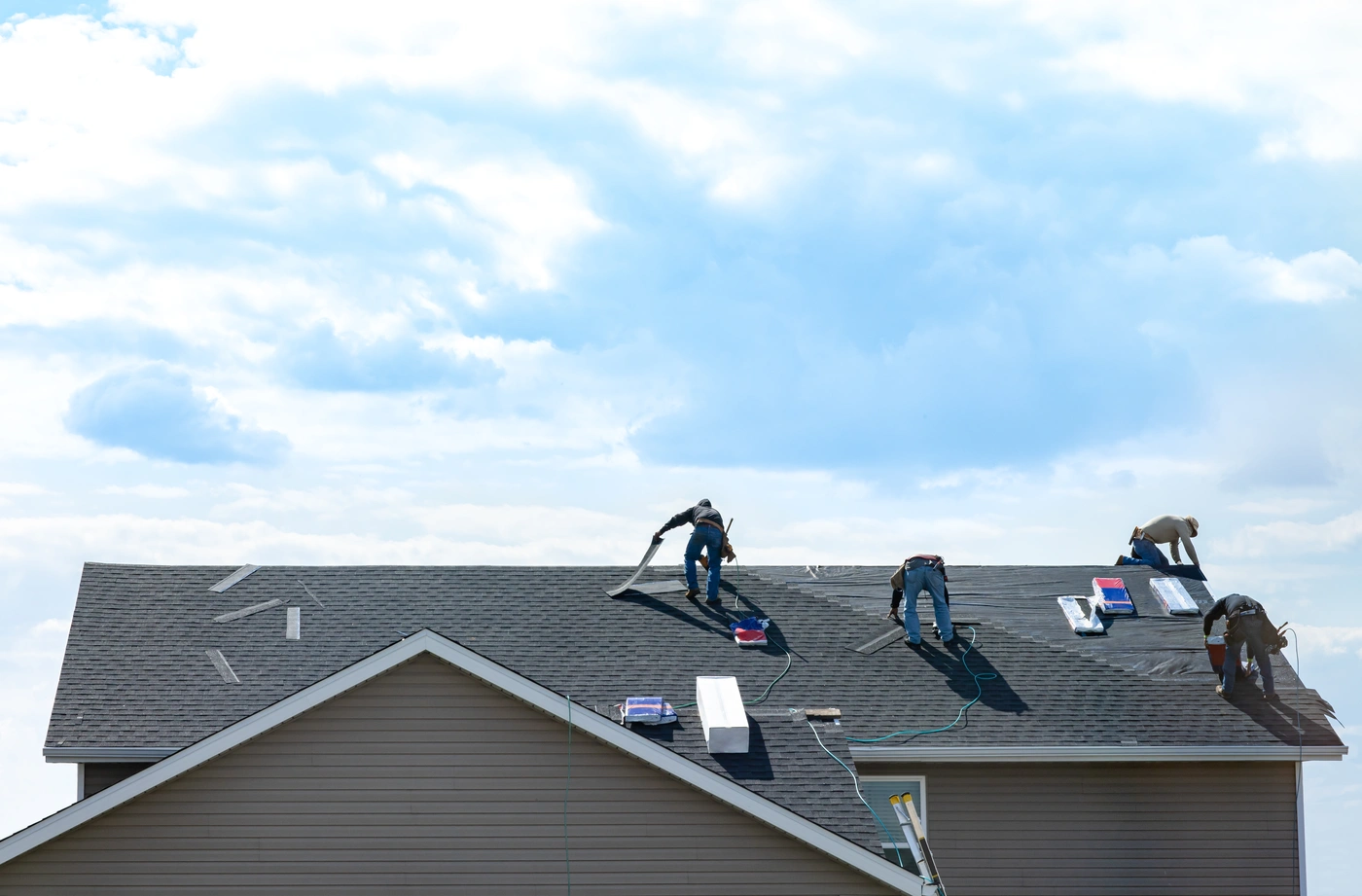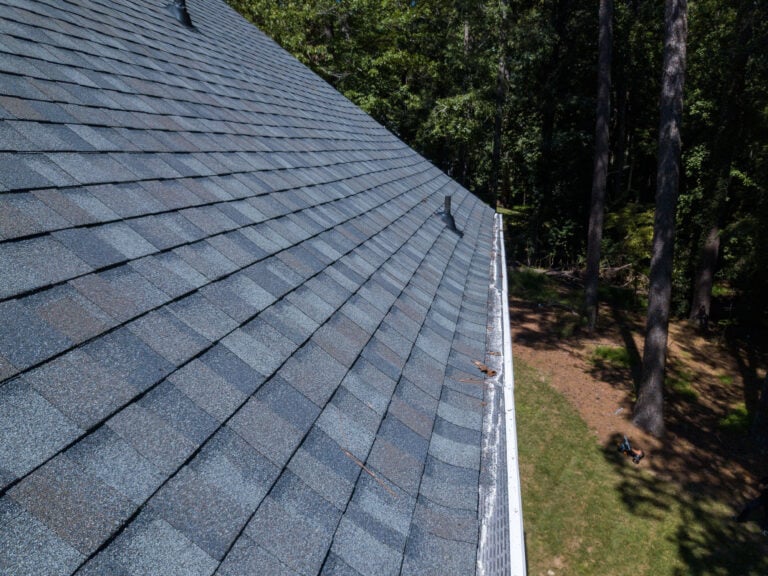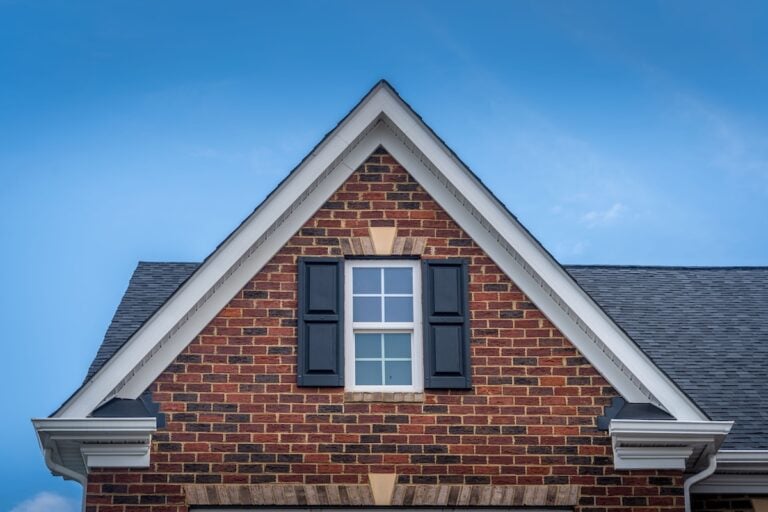When it comes to home maintenance, the roof often gets overlooked. Yet, it plays one of the most critical roles. Understanding the different parts of a roof can help you:
- Communicate better with contractors
- Make informed decisions about repairs
- Perform basic maintenance tasks yourself
In this blog post, we’ll explore the various components that make up a roof, focusing on shingles, underlayment, flashing, ridge vent, other vents, ice and water shield, and gutters.
1. Shingles
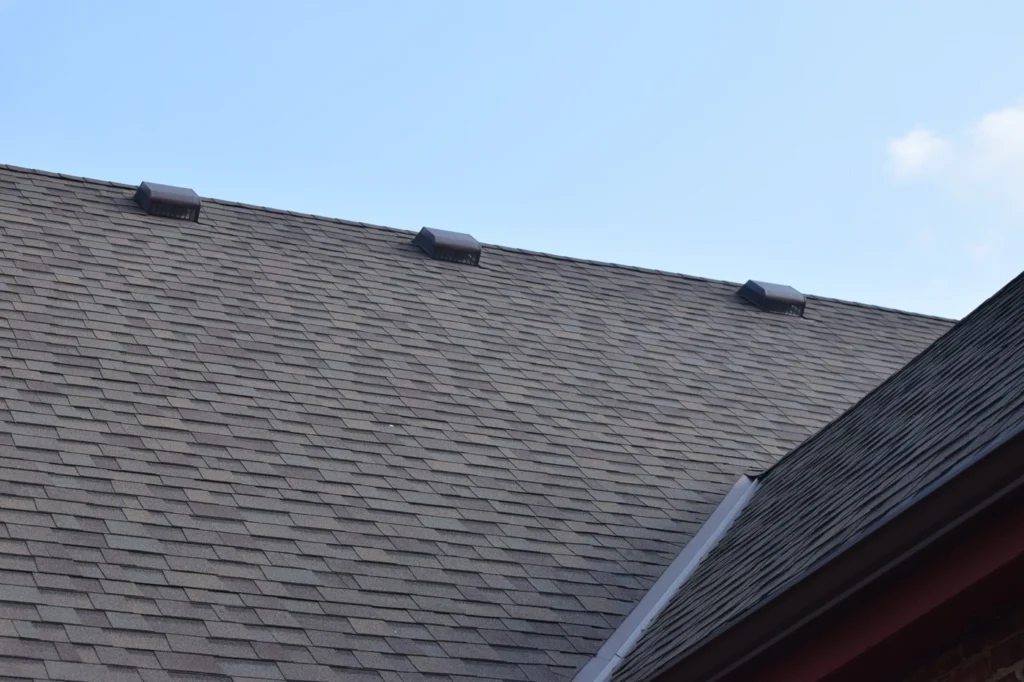
Shingles are the outermost layer of a roof and the first line of defense against weather conditions like rain, snow, and sunlight. They come in various materials such as asphalt, wood, metal, and clay. Asphalt shingles are the most commonly used due to their affordability and durability.
Types of Shingles
- Asphalt Shingles: These are the most popular choice for residential roofs in the United States. They are cost-effective, easy to install, and come in a variety of colors.
- Wood Shingles: Also known as shakes, these provide a rustic look and are usually made from cedar or redwood. They are more expensive than asphalt but offer a unique aesthetic.
- Metal Shingles: Made from materials like aluminum or steel, these shingles are highly durable and can last up to 50 years. They are also fire-resistant.
- Clay and Slate Tiles: These are more commonly used in regions with specific architectural styles. They are extremely durable but also very heavy and expensive.
Function of Shingles
Shingles serve to protect the underlying layers of the roof from water damage, UV rays, and wind. They also contribute to the overall aesthetic appeal of the home. Properly https://palladiumroofing.com/how-to-install-roof-shingles/installed shingles can significantly extend the lifespan of your roof.
2. Underlayment
Underlayment is a protective layer that lies between the shingles and the roof deck. It acts as a secondary barrier against water and other elements. There are different types of underlayment, including felt and synthetic materials.
Types of Underlayment
- Felt Underlayment: This is a traditional option made from asphalt-saturated paper or fiberglass. It is water-resistant and provides a good level of protection.
- Synthetic Underlayment: Made from polyethylene or polypropylene, synthetic underlayment is more durable and less prone to tearing compared to felt. It also offers better water resistance.
Function of Underlayment
The primary function of underlayment is to provide an additional layer of protection against water infiltration. It also helps to smooth out the surface for the installation of shingles and can act as a temporary roof covering if shingles are damaged or missing.
3. Flashing
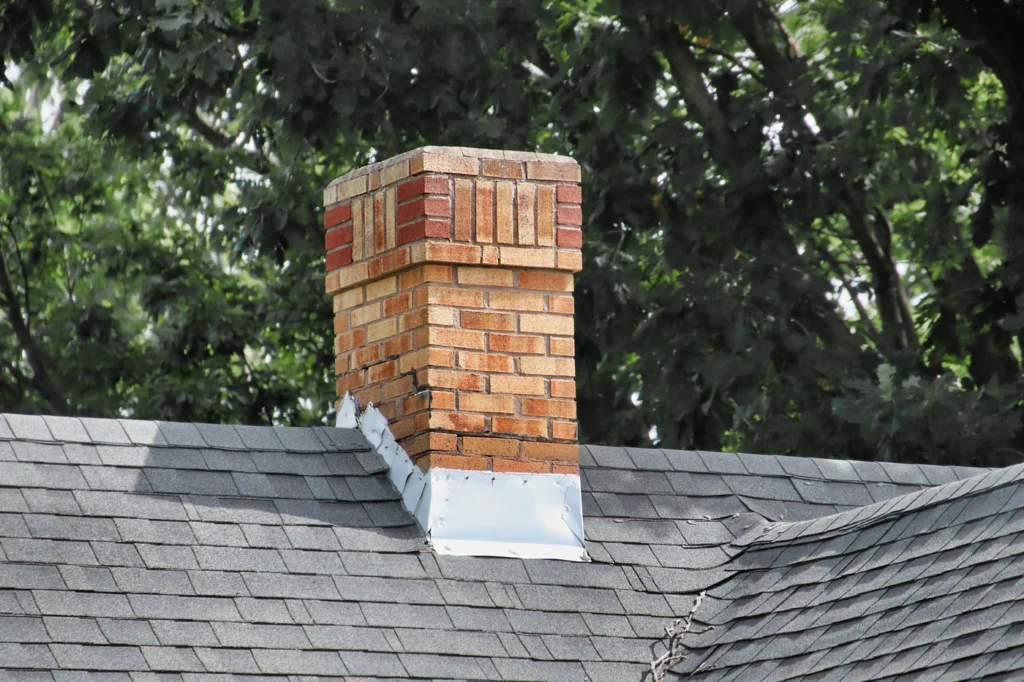
Flashing is a material, usually made of metal, that is used to seal and protect joints and seams in a roofing system. Common areas where flashing is installed include chimneys, skylights, and around vents.
Types of Flashing
- Step Flashing: Used where the roof meets a sidewall. It consists of multiple pieces that are layered to direct water away from the wall.
- Valley Flashing: Installed in the roof valleys where two roof planes meet. It directs water down into the gutters.
- Drip Edge: A type of flashing installed along the edges of the roof to prevent water from dripping onto the fascia board.
- Vent Pipe Flashing: Specially designed flashing used around vent pipes to prevent water from seeping in.
Function of Flashing
Flashing acts as a barrier to prevent water from penetrating the roof at joints and seams. Properly installed flashing is crucial for preventing leaks and water damage to the interior of the home.
4. Ridge Vent
A ridge vent is a type of ventilation system installed along the peak of a sloped roof. It allows warm, moist air to escape from the attic, helping to regulate temperature and moisture levels.
Types of Ridge Vents
- Shingle-Over Ridge Vents: These are installed under the shingles at the ridge of the roof. They are designed to blend seamlessly with the roofline.
- Aluminum Ridge Vents: Made from lightweight aluminum, these vents are highly durable and resistant to corrosion.
- Copper Ridge Vents: A more expensive option, copper ridge vents offer longevity and a unique aesthetic appeal.
Function of Ridge Vents
The primary function of ridge vents is to provide continuous airflow along the roof ridge. This helps to expel hot, humid air from the attic, reducing the risk of mold growth and extending the lifespan of the roofing materials.
5. Vents
In addition to ridge vents, roofs often have other types of vents to ensure proper ventilation. These include soffit vents, gable vents, and turbine vents.
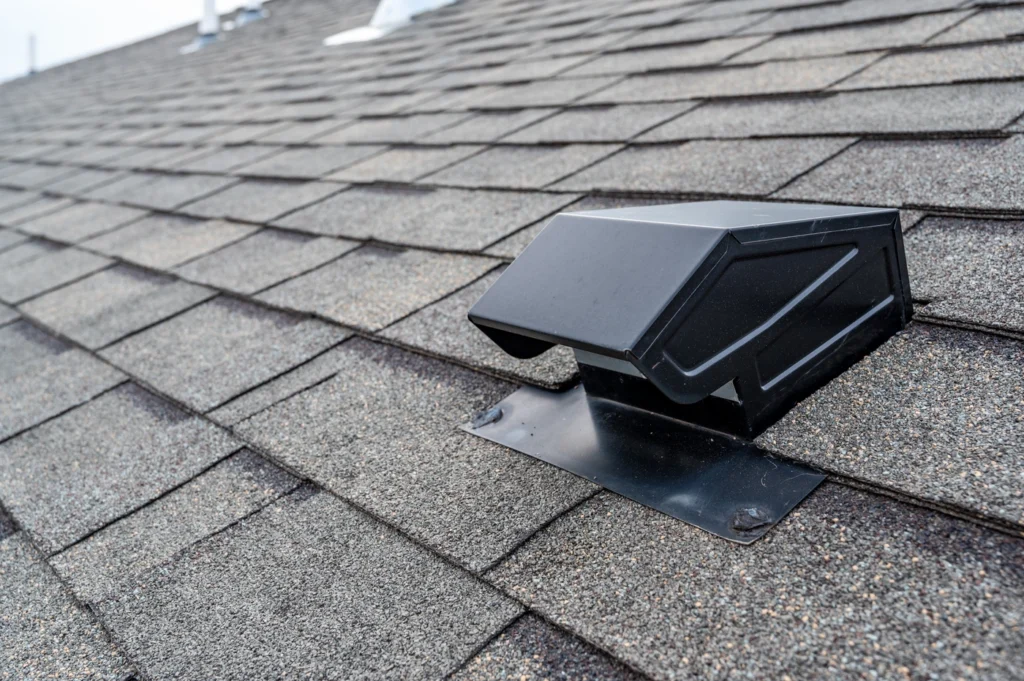
Types of Vents
- Soffit Vents: Installed under the eaves of the roof, soffit vents allow fresh air to enter the attic.
- Gable Vents: Located on the gable ends of the house, these vents provide additional airflow to the attic.
- Turbine Vents: Also known as whirlybirds, these vents use wind power to draw hot air out of the attic.
Function of Vents
Proper ventilation is essential for maintaining a healthy roof system. Vents help to regulate temperature and moisture levels in the attic, preventing issues like ice dams, mold growth, and premature aging of roofing materials.
6. Ice and Water Shield
Ice and water shield is a self-adhering waterproof membrane that is installed along the eaves, valleys, and other vulnerable areas of the roof. It provides extra protection against ice dams and water infiltration.
Types of Ice and Water Shield
- Standard Ice and Water Shield: Made from asphalt and rubberized asphalt, this type provides a durable barrier against water.
- High-Temperature Ice and Water Shield: Designed for roofs with metal or tile shingles, this type can withstand higher temperatures without breaking down.
Function of Ice and Water Shield
The primary function of ice and water shield is to prevent water from seeping into the roof deck, especially in areas prone to ice dams. It acts as an additional layer of protection, ensuring the longevity and durability of the roofing system.
7. Gutters
Gutters are channels installed along the edges of the roof to collect and direct rainwater away from the foundation of the house. They are essential for preventing water damage to the home’s exterior and foundation.
Types of Gutters
- K-Style Gutters: The most common type, K-style gutters have a decorative shape that resembles crown molding.
- Half-Round Gutters: These gutters have a semicircular shape and are often used in historic or high-end homes.
- Box Gutters: Built into the roof’s edge, box gutters are less visible but require more maintenance.
Function of Gutters
Gutters play a crucial role in protecting the home from water damage. By directing rainwater away from the foundation, they prevent issues like soil erosion, basement flooding, and damage to the exterior walls.
Leave It To The Professionals
Understanding the different parts of a roof can help you make informed decisions about maintenance, repairs, and replacements. Each component plays a vital role in protecting your home from the elements and ensuring its structural integrity. Whether you’re a homeowner looking to perform basic maintenance or a professional contractor, knowing the ins and outs of roofing can save you time, money, and headaches in the long run.
If you have any questions or need expert advice on roofing, contact Palladium Roofing. Our team of experienced professionals is here to help you with all your roofing needs. Remember, a well-maintained roof is key to a safe and comfortable home.


